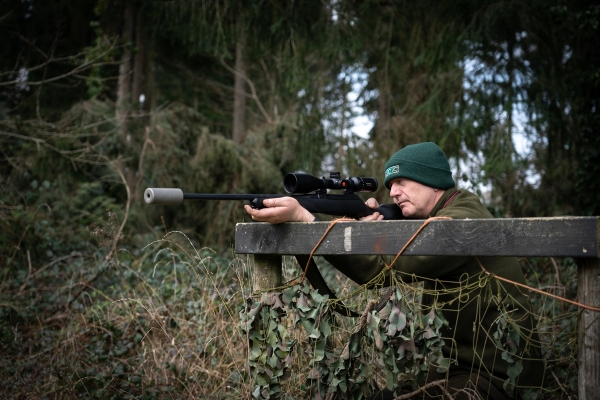
Mandatory training will shut out stalkers when Scotland needs them most
BASC Scotland director Peter Clark warns that proposals in the Natural Environment Bill risk undermining deer management in Scotland.
Get information on the legal shooting season for mammals and birds in the UK.
Apply for funding for your project or make a donation today
Comprehensive information and advice from our specialist firearms team.
Everything you need to know about shotgun, rifle and airgun ammunition.
Find our up-to-date information, advice and links to government resources.
Everything you need to know on firearms law and licensing.
All the latest news and advice on general licences and how they affect you.
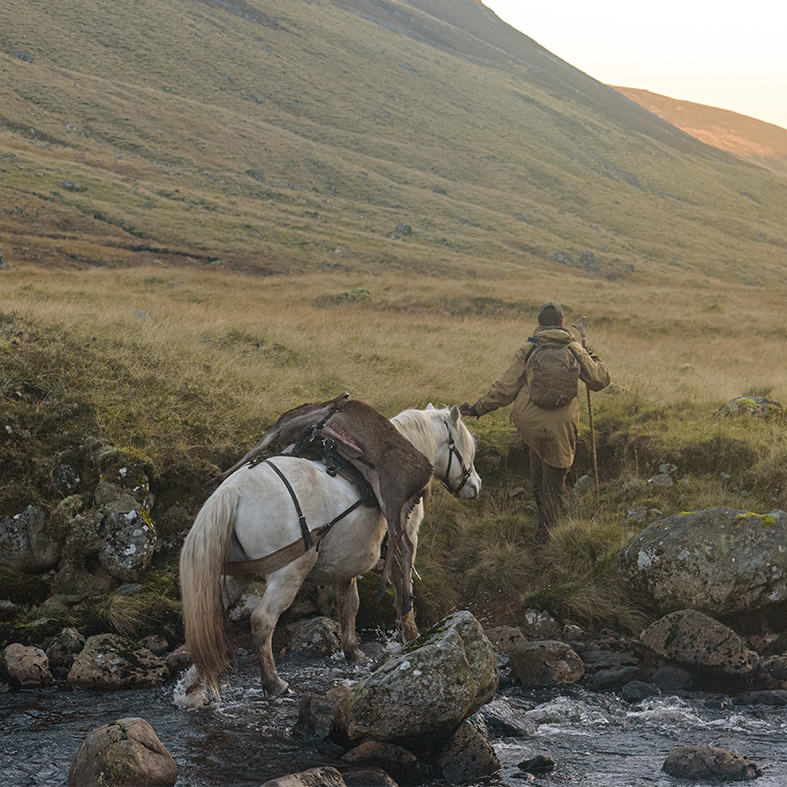

As a modern corporate professional, Araba Cole had become estranged from nature and physical resilience. Deer stalking and a season as a ghillie in Scotland was her way back.
We could barely see the stalking party we were following, hardly 50 metres ahead. Cloud had descended, enveloping the hill, pressing against us, weighing down my already heavy legs. I panted, wet from rain and sweat; another tug on the garron pony to get her over the burn.
The party was getting further away as we hurried after them, terrified of getting a pony stuck in a bog. We had no idea where we were, or how much further we had to go. The other ghillie and I looked at each other for a moment. This was Day One of the season on the Atholl estates.
Ten days earlier, I was handing my office pass to my soon-to-be-former boss. It was my last day in a corporate role based in the capital. My office one of those glass citadels crouched on the outskirts of London. My heels clicked on the lobby floor as I walked away from the version of myself reflected in the glass.
The job hadn’t worked out for me. When I started, I had high-flying ambitions of professional pursuit. A glamorous London life, an elegant, cosmopolitan existence with my boyfriend. But I found it hollow and false, full of empty jargon. I was leading the company’s organisational resilience programme, but when was the last time I had to be truly resilient? Emails, shareholder value, performance reviews; I felt a deep cultural clash where busy-ness was a virtue, and reality was an almost forgotten consideration compared to stakeholder feedback and accolades.
But my rebellion was already underway. Early weekend mornings were often spent in the countryside with Tim Hehir, a guide on the BASC deer stalking schemes. I learnt to creep along hedgerows, using dead ground, wind and cover to stalk into the quarry. Perhaps a roe doe making her way carefully along the edge of a field or a buck laying up, barely visible in the long grass. I learnt ideal shot placement, marking and following up, reading a trail of pins and drops of bright blood. With practice, I could gralloch, skin and butcher in the field, a fresh liver the perfect supper.
I stood in the larder at Atholl with the head of a red hind on the bench. It was Tim I called for advice as I tried to find the lymph nodes I knew were in there somewhere. That was how the day often started: removing the heads from the beasts taken the previous day. It was quite a task, with a visceral grisliness that set a certain tone.
After the larder, it was time to prepare for the outing ahead before the clients arrived. I made up bags of pony feed, checked radios, refuelled the quad bike and received instructions for the day.
Before starting, I had a vague idea of what to expect from the people coming to shoot stags in the Highlands. I anticipated varying breeds of sportsmen (maybe a few women), from different parts of the country and the world. For all the differences, they had one thing in common: they were lovely, and all had their own personal connections to deer stalking and Scotland. Some were taking their first stag, some were taking their last. A highlight of being a ghillie was hearing some of their stories and being part of that very special experience for them.
I had taken my DSC1 with BASC as an entry into deer management. As a London girl, daughter of an actress and a musician, I didn’t come from a background where rural field sports were common or accessible. Growing up, I had a desire to see far-off, fantastic places. This nudged me towards an archaeology degree at Durham University.
But it was the Army that took me to Afghanistan shortly after I graduated, having been a reservist as a student. Not long after, my civilian career in safety and security took me back there and to other wonderful places such as Libya, Ethiopia and Ukraine, to name a few. Having learnt to shoot and acquiring a taste for fieldcraft in the Army, deer stalking struck me as an opportunity to both resurrect old skills and learn new ones.
My DSC1 instructor, Jon Snowdon, took me on some of my first few outings in beautiful Northumberland. I saw something inspiring about the skills required to track quarry, take it humanely and prepare it for the table. It is a set of skills that links so many human cultures across the world and through time. Not even modern technology bridges the gap between us and the instinctive resilience of deer.
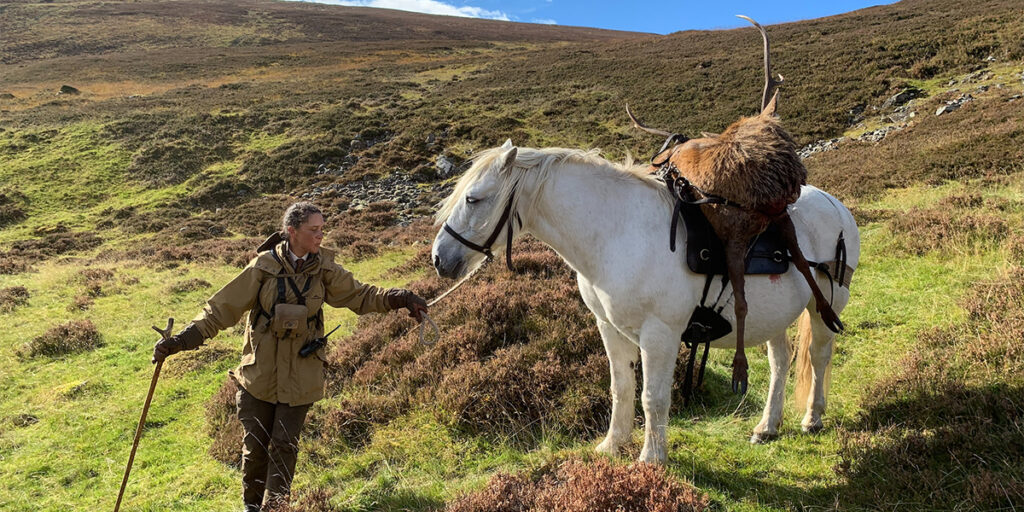
In Scotland, Graeme, the senior keeper whom I was ghillie to, closed some of that gap with his decades of experience and deep knowledge of the ground and the deer. Working with Graeme, I learnt what it meant for a deer stalker to be part of the landscape. On the hill I learnt patience and dealing with uncertainty. Even if nine times out of ten the deer would do one thing in that wind and that weather on that ground, there was always the time when they wouldn’t, and that was just stalking.
On one occasion, once the busy stag season was over, we were without clients. As I waited ready for the day Graeme said to me: “Go and get your rifle.” It was hard to contain my excitement. As the morning progressed, we looked everywhere without success at first. Eventually, we found a group of deer on high ground. Graeme talked me through them, explaining which was a milk hind, which was a yeld (a barren female).
We watched and waited as the mixed group rested in a dip among cover. Some animals we could only see by their ears, others were more exposed. Our hind was nearly clear of the group, allowing a safe shot, but then another hind obscured our view. In a blink I had lost our target. At last, she was clear again and I got the go-ahead. I squeezed the trigger, the shot struck her chest and she fell to the ground. My heart is always in my mouth at this point, as I live in terror of wounding a beast. But she didn’t move; I had taken the life of a marvellous, beautiful creature.
As my time at Blair Atholl was coming to an end, a cold snap had come in, blanketing the glens with snow and freezing the burns so solid in places you could drag a beast over them. The ponies pawed and stomped at frozen puddles to drink. We had already walked miles and the shadows encroached. Cold and darkness skulked up the side of the valley where I stood waiting with the pony. But when the radio crackled, it was to beckon us deeper into the glen.
By now I knew the pony paths, even when covered in snow, and so we made our way. I was keen to spot the stalking party first. I’d learnt that a chunky wool jumper was the best for cold, dry bright days, but had my smock still bundled in my pack just in case. I arrived grinning and glowing at the stalking party, unravelling straps and tightening girths ready for the hind to be loaded. I was a long way from that first day and even further away from my previous life.
As I had prepared to go up to Atholl, someone told me the experience would change me. They weren’t wrong. Now, between working on consulting projects solving gnarly and intricate problems all over the world, I take every opportunity I can to get out stalking with friends, on permissions or with syndicates, looking forward to taking my DSC2. But it’s not quite the same, the odd outing incomparable to day after day on the hill. Job adverts for ghillies and rangers still leap out at me.


BASC Scotland director Peter Clark warns that proposals in the Natural Environment Bill risk undermining deer management in Scotland.
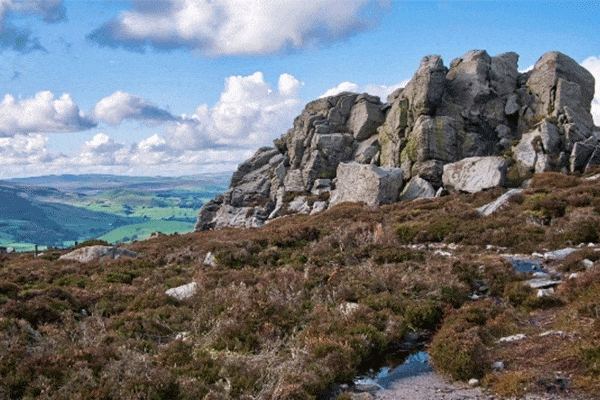
BASC has rejected proposals by the UK Woodland Assurance Standard to ban the use of lead ammunition under its banner by 2023.
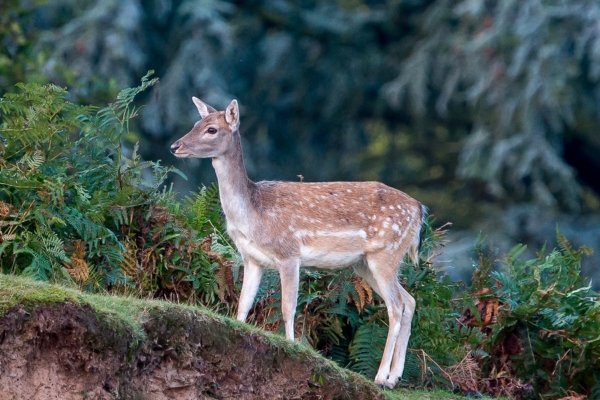
Conversations around food sustainability are growing louder in many parts of the world, presenting an opportunity for wild British game, writes Sophie Stafford.